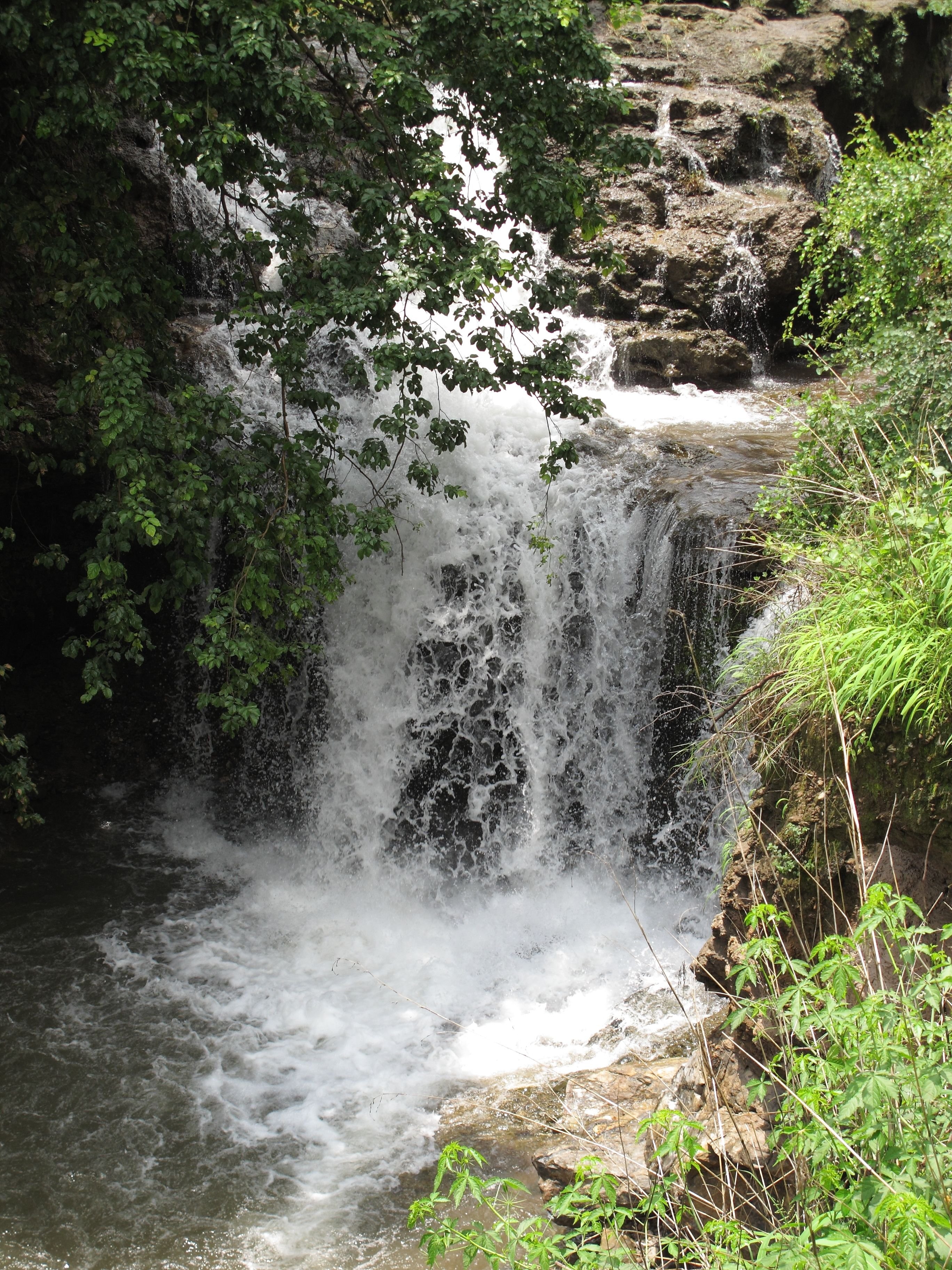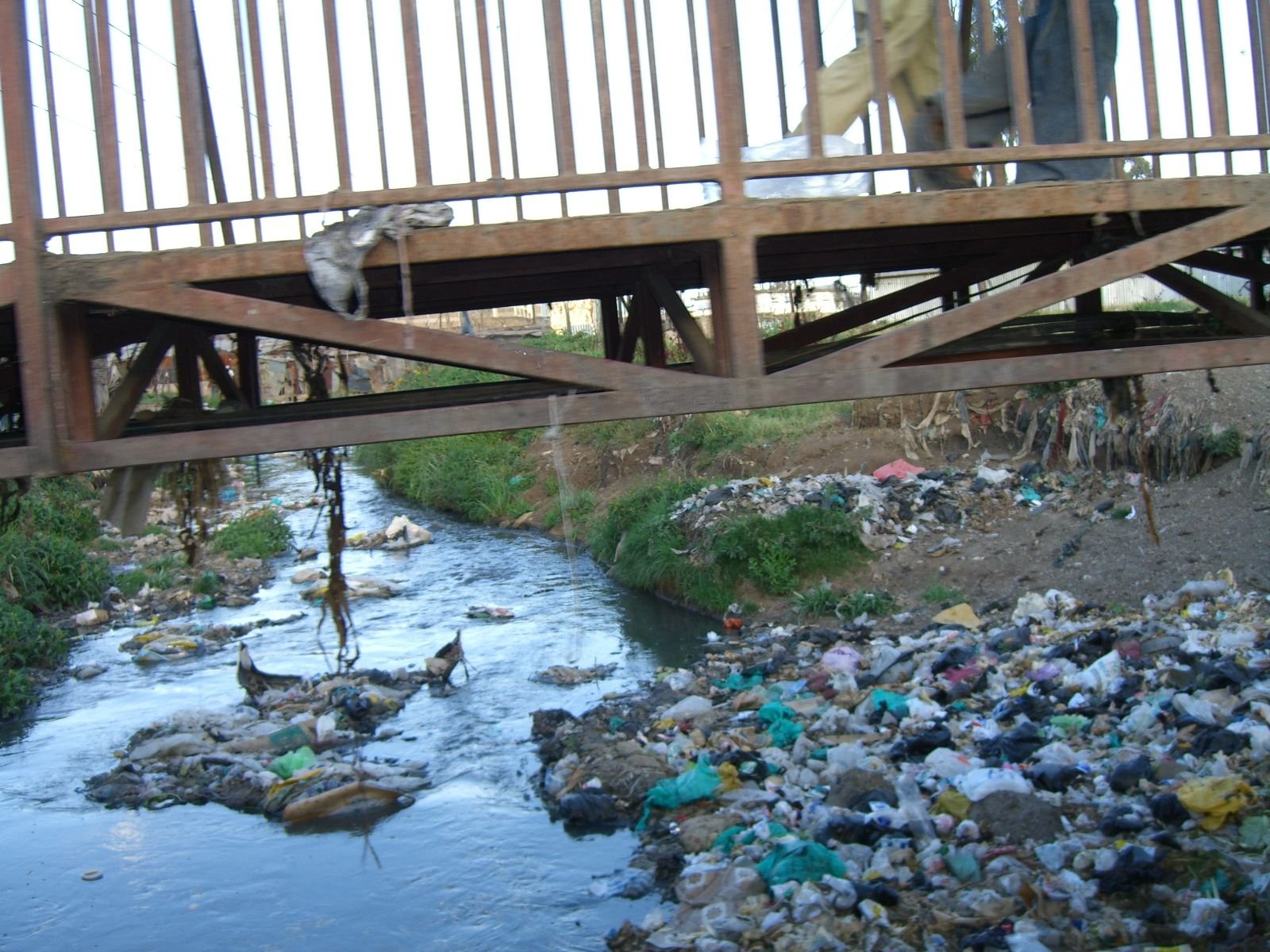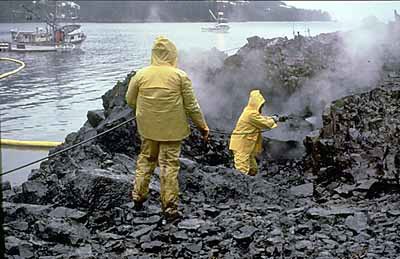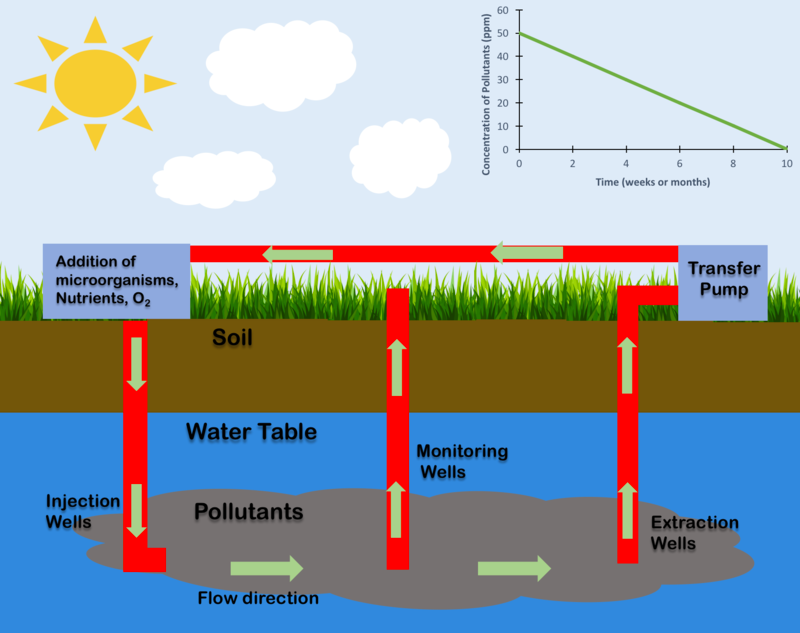Picture this.
You're standing on the edge of a stream. It is gradually approaching dusk. You can see the clear white sands of the streambed down below. It is so clear it takes your breath away. The fishes are preparing for bed. You can hear the crackling, whistling sounds of animals making the night calls for their young ones as they retire for the day. Take a deep breath. The air is so clean you hold your breath for just a second longer, unwilling to pollute the air with your carbon(iv) oxide. But you remember the vegetation needs them to give you back the oxygen you need to survive.

Source- Jhala
You exhale.
It is paradise.
Picture the opposite: The air is dense with smoke. You struggle to draw breath. It is so thick, you can barely see in front of you. The urge to cough creates painful pressure in your chest, but you hold it. To give in to the urge to cough would mean taking in more of the polluted air. Your throat constrict, you sputter and you cough. Huge hacking, violent jerks hit you. Somehow, you make it past the smoke to a better place. The nearby stream.
But a thick filmy substance covers the stream. The surface of the water is still and you can't make out the bottom because all you see is your reflection and the ripple of colors from oil. There are no signs of fishes, none of the ripples to give them away. There are all dead.

Source: khyk54
“ ...those ruining the earth.”
(New World Translation, Revelation 11:18)
Are we ruining the earth? The book of Revelation, the last chapter of the Bible has been criticized for its dire warnings of doom, the war of Armageddon and the total destruction of the world as we know it. For the sake of appropriateness and social inclusion, let’s leave this Bible out of this.
Is our environment coming to ruin? Who is responsible? One look around us and the answer to these questions can be answered in one voice. Our natural environment has undergone more changes in the past decade than the fifty years before it combined. A close study of the drastic changes and the dire state of the environment reveals one startling but unsurprising fact: we are responsible. We did this.
Our environment includes the physical, biological and chemical entities all around us. Our survival and most importantly our future is dependent on the state of our environment. Ecology is a scientific study of the relationship between man and his environment. How the changes in the environment affect him physically and physiologically.
And it does.
Oil spillage, rising atmospheric temperatures, greenhouse effect and the melting of the glacial caps, deforestation, land management, waste disposal, overpopulation, loss of biodiversity, water scarcity, water pollution, air and land pollution, ecosystem and endangered species, and the worst, climate change. Every day we see and live the effect of these changes, some more than others. So their existence is not a question but a foregone reality.
Is there a solution?
One that has particularly interested me is bio-remediation.
What is Bio-remediation?
The word ‘bio-remediation’ is coined from two words. Bio from biological, and remediation from the word ‘redeem.’ Biological means living or naturally occurring, while remediation means to bring to right or correct.
What then is bio-remediation?
It is the use of natural organisms to degrade, neutralize, correct and render toxic substances in our environment harmless. Bio-remediation is a chemical change, an irreversible process that transforms usually harmful substance to harmless or neutral agents. One big advantage of the bio-remediation process is the natural, ‘non-invasive process’ of restoring the environment.

Source: Public Domain
History
The use of bio-remediation as a cleaning agent can be traced as far back as 600BC when the Roman soldiers used the process to neutralize liquid waste. The Roman version of bio-remediation was awkward, cumbersome but no less effective. Humanity waited until the 1960s when George Robinson formally introduced bio-remediation as an effective means of combating environmental pollution. Since then, there has been a greater number in the microbes used, the complexity of the process and an improvement in the results obtained.
Process and technique
Since the efficient but antiquated bio-remediation process of the ancient Romans, bio-remediation and biotechnology has evolved as a branch of science to proffer a saving solution to the problem of environmental pollution and degradation.
Chemistry of the bio-remediation
In bio-remediation, a chemical change occurs that renders the harmful substance harmless. Most commonly, a type of reaction called a redox (reduction-oxidation) reaction that involves two types of chemical agents, one a reductant and the other an oxidant takes place. In a redox reaction, an electron donor or the reducing agents donate an electron to oxidize the electron acceptor or the oxidizing agent.
To speed up the bio-remediation process, specific microbes are introduced into the degraded environment to facilitate the decomposition of the toxic substances to an eco-friendly one. These microbes require either an anaerobic (no oxygen needed) or aerobic condition. (oxygen is required) The degree of clean up done by the microbes is dependent on a lot of conditions ranging from the level of degradation, the type of contaminants involved and whether optimal requirements for microbial activity are met.
Types of Bio-remediation.
Not all bio-remediation technique is best suited for a particular site. The technique to be used is dependent on a number of factors.
Classification based on the type of microbe used
Chemosynthesis is the process by which certain organisms break down organic substances to create energy. This process is also heavily involved in bio-remediation. Bacteria does most of the job in the cleaning up process but when any other organism is used, it determines the name of the bio-remediation process.
- Mycoremediation- Fungi is used.
- Phytoremediation- Plant is used.
- Microbial bio-remediation- Different microorganisms are employed to digest harmful substances.
Classification based on oxygen requirement
- Aerobic bio-remediation
- Anaerobic bio-remediation
Classification based on location.
When the level of environmental degradation is calculated to be potentially harmful to the surroundings or if the level of degradation can only be combated by excavating the polluted site, it determines the type of bio-remediation process to be used.
- In situ bio-remediation- The bio-remediation activity is conducted on the polluted site. This is also done when the polluted site is judged to be harmless to the surroundings.
- Ex situ bio-remediation- The bio-remediation is conducted in a farther location from the origin of pollution. When the polluted site is adjudged to be potentially harmful to the surroundings, the site is excavated and transplanted to a remote location where bio-remediation would be carried out.

Source: Hoodlind
There are three processes of in situ bio-remediation
Bio-stimulation- In this process, the microorganisms are ‘helped’ to degrade harmful substances by providing an optimal environment for the process as well as nutrients. Ensure the microorganisms are healthy and release substances to improve the activity of the microbes so the bio-remedial process would be quicker.
Bio-augmentation- In this process biological microorganisms are introduced into a polluted site to aid or augment the remedial process.
Bioventing- In this proces air is introduced into vents dug in the contaminated site.
Conditions that determine the type of bio-remediation to be used.
- Type of microbe to be used.
- Site of degradation
- Type of contaminant
- Oxygen
- Carbon
- Water
- Nutrient
- Temperature
- Optimal pH
When these elements are provided in the right amount, along with the healthy microbes, bio-remediation will occur.
Common pollutants
- Agrochemicals
- chlorinated compounds
- Dyes
- Greenhouse gases
- Heavy metals
- Hydrocarbons
- Nuclear waste
- Plastics
- Sewage
Advantages
- Bio-remediation is environmentally friendly and noninvasive
- It is considerably cheaper and more effective than any other methods to save the environment
- While most effort to fight pollution involves merely shifting the contaminant to another location, bio-remediation renders the harmful pollutants harmless.
Applications of bio-remediation
- Crime scene- Rather than use the common bleach to sterilize a crime scene, bio-remediation can and is being used to degrade the blood and chemicals instead.
- Fight pollution- This is the major reason why bio-remediation was invented in the first place.
Bio-remediation and genetics
In recent times as more advances in biotechnology is achieved, the efficacy of bio-remediation has also improved. The importance of this process to our environment and to curtail the effect of human activities on our ecosystem cannot be overemphasized. Our changing ecosystem, the loss of biodiversity and the pollution of water bodies in some communities have reduced the standard of living and increased the rate of unemployment.
A classic case is the people of Niger Delta in Nigeria where a majority of the populace are fishermen before oil spillage severely altered the environment, resulting in loss of biodiversity.
To drastically improve bio-remediation methods, genetics was merged with bio-remediation. The use of genetically enhanced modified microorganisms (GEM) has gone a long way towards accelerating bio-remediation. These genetically modified organisms come with different metabolic pathways and wholly altered approach to the traditional bio-remediation.
Another novel approach is in the use of genetic engineering to create organisms specifically designed for a particular contaminant. This has a lot of potential as it would be considerably more effective than introducing a slew of microbes to a contaminated site and being hopeful something happens.
Would it be possible to save our environment? Certainly. With processes like bio-remediation, the earth can be saved from ruin and preserved for future generations but only if more efforts are made to ensure all countries in the world with their environmental agencies adopt this and other effective processes. Every individual has to take full responsibility for the condition of his/her surrounding. A little effort can become a force, if we stand united.
References
